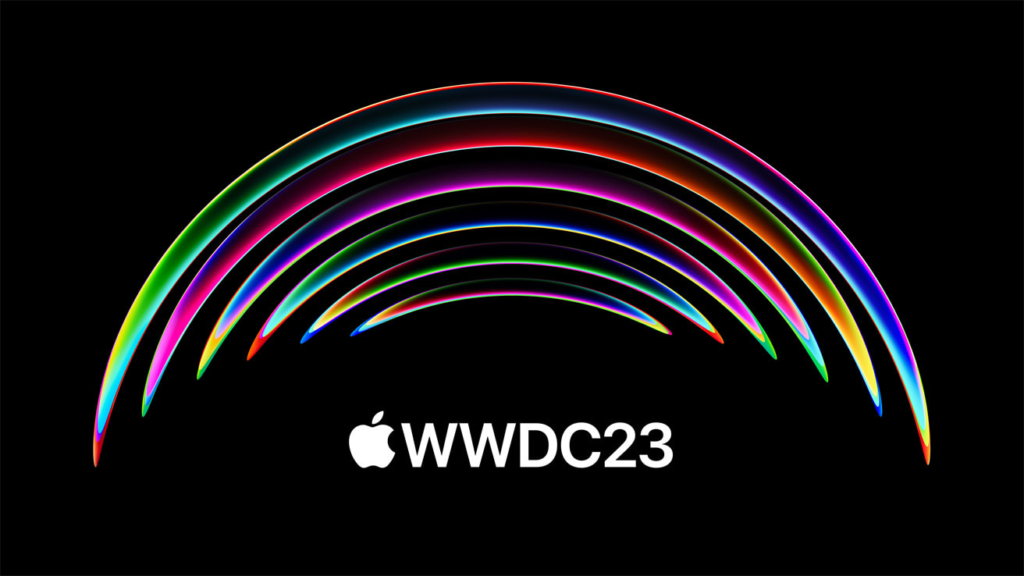As Apple’s Worldwide Developers Conference (WWDC) approaches, rumors surrounding the highly anticipated AR/VR headset continue to circulate. According to Morgan Stanley analyst Erik Woodring’s sources within the Apple supply chain, the headset’s shipment in large quantities won’t happen until the fall. Let’s delve into the expectations and insights provided by Woodring in his latest client note.
Mixed-Reality Capabilities

Woodring outlines the following expectations for the AR/VR headset:
- Seamless Transition: Users will have the ability to switch between augmented reality (AR) and virtual reality (VR) modes using pass-through cameras and a dial.
- Immersive VR Environment: When in VR mode, users will be immersed in a more interactive and engaging environment.
- Gesture and Eye Tracking: Built-in sensors and cameras will track hand gestures and eye movements, offering intuitive control of the device.
- Familiar Interface: The Home screen will mimic a 3D iPhone layout, featuring popular apps such as Messages, Mail, TV, and FaceTime.
- Third-Party App Support: Users will be able to run existing third-party apps on the AR/VR headset.
- Natural Communication: The outward facing display will represent users’ faces and facial gestures, enhancing the feeling of natural interaction during conversations.
Shipment Dates and Market Potential
Woodring reveals that production of the AR/VR headset is expected to begin in October, with general availability scheduled just ahead of the December holidays. This aligns with current speculation and indicates that Apple won’t disclose sales or revenue data until Q1 2024.
According to Woodring’s sources, approximately 300,000 to 500,000 devices will be built this year, with expectations to manufacture 1.2 million units in 2024. As Apple introduces newer versions, sales are projected to rise significantly, potentially reaching 4 million units in 2025. It is worth noting that Apple’s gross margins are expected to be close to break even.
Addressing the Price Challenge
Woodring acknowledges that the initial cost of the AR/VR headset, starting at $3,000, may hinder mass-market adoption. To overcome this hurdle, Apple needs to showcase unique and captivating usage cases and establish exclusive content partnerships. By highlighting entirely new mixed-reality applications, Apple can differentiate itself from competitors and entice early adopters.
The Future Potential
If Apple successfully captures the market’s interest with its AR/VR headset, Woodring predicts it could become a $20-$70 billion per year business, accounting for up to 18% of Apple’s revenue. Additionally, the headset’s introduction is expected to drive further uptake of Apple services.
All eyes are on Apple as the anticipation builds for its reality show. Alongside the AR/VR headset, the company is expected to unveil new Macs, announce new operating systems, introduce services, and showcase the evolution of existing services at WWDC. The v.1 device should be seen as the beginning of a transformative journey, rather than the endgame.
Stay tuned for Apple’s groundbreaking announcements at WWDC, and witness the future of mixed reality unfold.
Follow us for more updates on Apple’s latest innovations and the evolving world of mixed reality. Thank you for reading!
Note: The information provided is based on analyst predictions and rumors within the industry. The details may be subject to change upon Apple’s official announcements.
